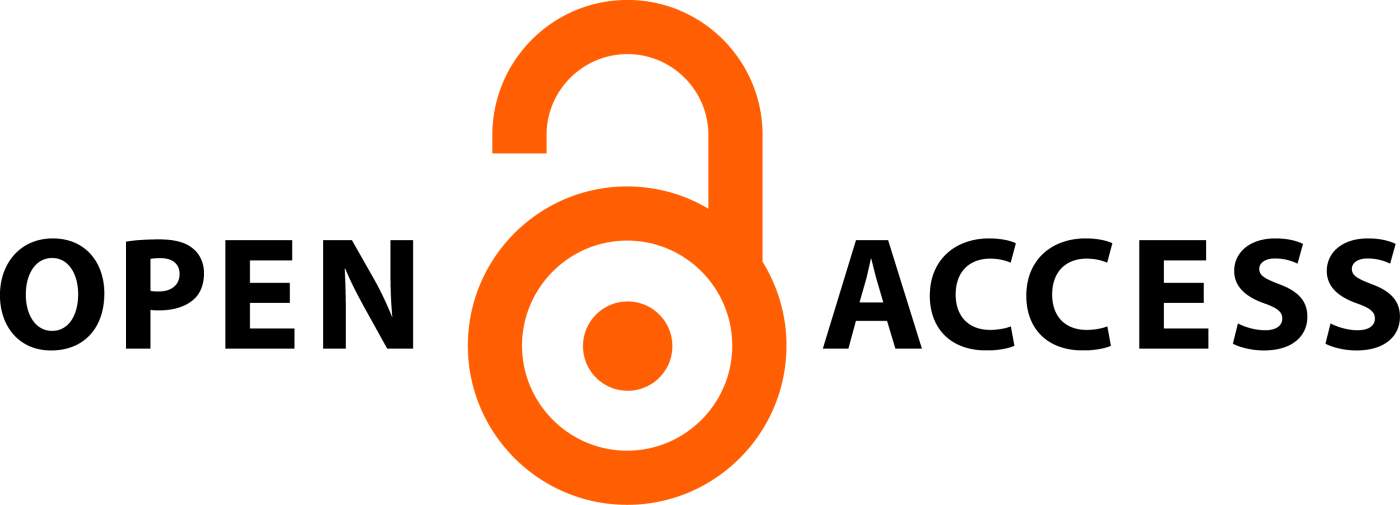A REVIEW ON RECENT ADVANCES IN CHEMISTRY, SYNTHESIS AND BIOLOGICAL APPLICATIONS OF ISATIN DERIVATIVES
Abstract
Indole and its derivatives have engaged a unique place in the chemistry of nitrogen heterocyclic compounds. The recognition of the plant growth
hormone, heteroauxin, the significant amino acids, tryptamine & tryptophan and anti-inflammatory drug, indomethacine are the imperative
derivatives of indole which have added stimulus to this review work. Isatin (1H-indole-2,3-dione), an indole derivative of plant origin. Although
it is a naturally occurring compound, but was synthesized by Erdmann and Laurent in 1840 before it was found in nature. Isatin is a versatile
precursor for many biologically active molecules and its diversified nature makes it a versatile substrate for further modifications. It is concerned
in many pharmacological activities like anti-malarial, antiviral, anti-allergic, antimicrobial etc; isatin and its derivatives have been also found to
demonstrate promising outcomes against various cancer cell lines. This review provides a brief overview on the recent advances and future
perspectives on chemistry and biological aspects of isatin and its derivatives reported in the recent past.
Downloads
All the articles published in JAPSR are distributed under a creative commons license (CC BY-NC-SA 4.0)
Under this license, you are free to:
- Share- copy and redistribute the material in any medium or format for any purpose, even commercially.
- Adapt- remix, transform, and build upon the material for any purpose, even commercially.
The licensor cannot revoke these freedoms as long as you follow the license terms.
- Attribution — You must give appropriate credit , provide a link to the license, and indicate if changes were made . You may do so in any reasonable manner, but not in any way that suggests the licensor endorses you or your use.
- NonCommercial — You may not use the material for commercial purposes .
- ShareAlike — If you remix, transform, or build upon the material, you must distribute your contributions under the same license as the original.
- No additional restrictions — You may not apply legal terms or technological measures that legally restrict others from doing anything the license permits.
Copyright policy
The journal allows the author(s) to hold the copyright of their work. That means the authors do not need to transfer the copyright of their work to the journal. However, the authors grant JAPSR a license to publish the article and identify itself as the original publisher.
Licensing policy
The journal allows the author(s) to hold the copyright of their work. That means the authors do not need to transfer the copyright of their work to the journal. However, the authors grant JAPSR a license to publish the article and identify itself as the original publisher.






